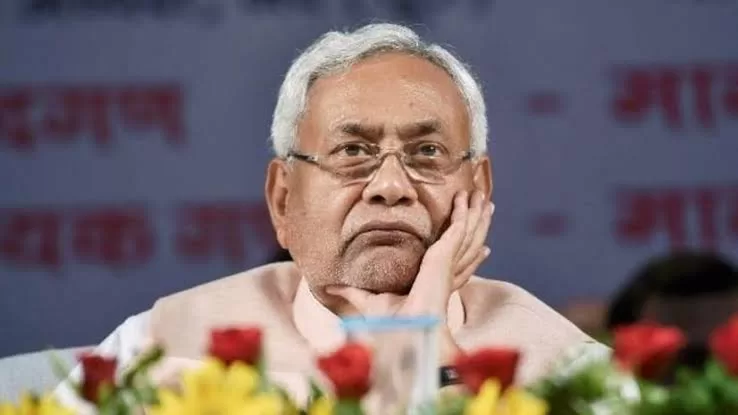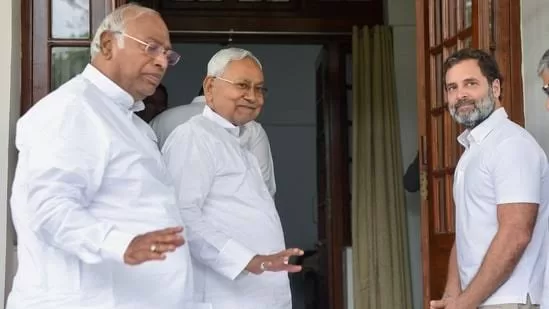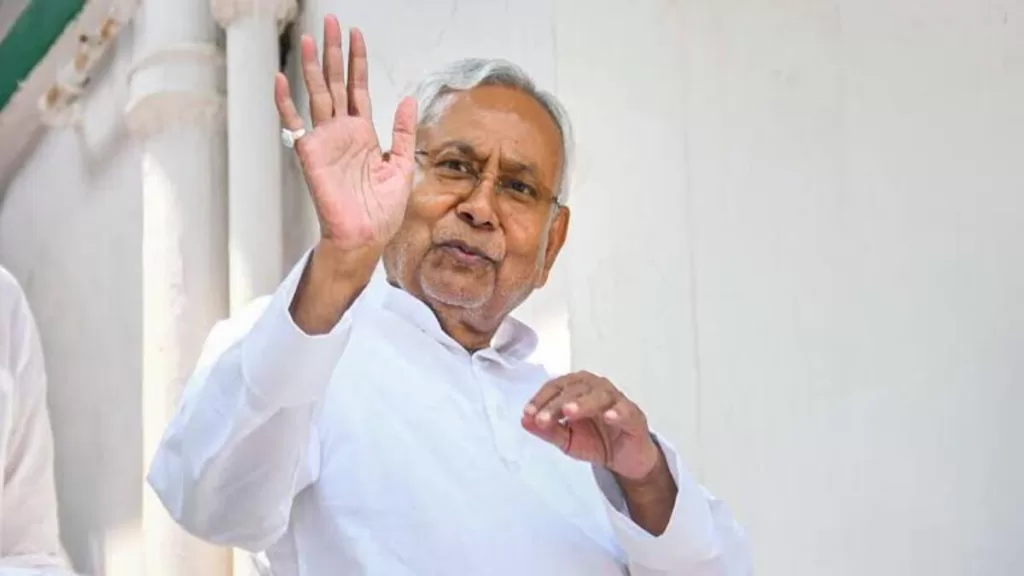Nitish Kumar’s return to the NDA just before the Lok Sabha elections has significant implications for the BJP. As the mastermind behind Bihar’s caste survey, he provided the blueprint for the Opposition’s caste census call and social justice pitch against the BJP in 2024. Nitish also chaired the first meeting of the Opposition (INDIA) bloc in Patna in June 2023.
This move not only gives the NDA a possible bump in Bihar’s tally but also challenges the Opposition’s strategy of countering Hindutva with social justice. This strategy has been the political commonsense of the Opposition since the early 1990s when an alliance of Mulayam Singh Yadav and Mayawati prevented the BJP from coming to power in 1993 in UP. Nitish’s crossing comes soon after Karpoori Thakur was awarded the Bharat Ratna, which lessens the BJP’s critique of the caste pitch.

Moreover, Nitish’s move reinforces the “Hindutva plus social justice” plank, which the BJP has repeatedly emphasized as the foundation of its electoral appeal and success.
The idea that the Congress has pushed since the 1990s, and which had been part of history textbooks since the 1970s, was that the battle for ideological hegemony in India was between a secular vision that the Congress stood for and a “communal” or Hindutva vision that the BJP represented.
If Nitish can switch between the NDA and the Opposition at will and is eagerly brought on board by both sides, what does the “secular-communal” dichotomy in today’s politics mean?

When Nitish chaired a meeting of 17 Opposition parties in Patna last June to take on the BJP unitedly in the 2024 Lok Sabha polls, TMC chief and West Bengal Chief Minister Mamata Banerjee said that whatever starts from Patna becomes a public movement. However, six months later, the terrain has shifted.
Nitish, who chaired that meeting, is now with the NDA, Banerjee has said the TMC will contest all seats in West Bengal, AAP has said it would go alone in Punjab, and Akhilesh Yadav announced just 11 seats to a Congress that was thinking of contesting on 20. Mayawati is silent in UP, and Opposition unity has crumbled in Bihar.
Importantly, JD(U) leader and Nitish’s trusted aide, KC Tyagi, chose to target the Congress rather than the RJD after Kumar resigned. He claimed that the Congress had been arrogant, trying to pressure regional parties into giving it more seats than it deserved, and inviting Opposition leaders to a yatra projecting Rahul Gandhi.

This renewed pitch of ‘anti-Congressism’ puts additional pressure on the Congress even in its negotiations with remaining allies like Akhilesh Yadav. It is reminiscent of the 1960s and ’70s when the socialists and the Jana Sangh would come together against the Congress.
The BJP had contested only 17 seats out of 40 in Bihar in 2019 and won them all. If it had contested 34 seats this time, it might have even bettered its individual tally.
The real significance of Nitish in the NDA, other than the seats JD(U) may bring to the table in 2024, is the symbolic importance he offers when the Opposition i corners the BJP on social justice and its winner-takes-all approach to other parties.
Significant sections of the JD(U) supported going with the BJP, and there was a sense that the inauguration of the Ram temple could have an impact on JD(U)-RJD voters. According to a source in the JD(U), “We have sensed that the Ram temple inauguration has resonated on the street here, even with non-BJP voters. Going with the BJP at this time was better for Nitish Kumar.”
The Indian Express quoted BJP sources as saying, “We have to fight the election in the entire country. Why will we make our fight a difficult one in Bihar and get stuck there? With Nitish Kumar, an electoral victory in Bihar is now easier, and we can focus on other areas where we are weaker to increase our tally beyond what we got in 2019.”

